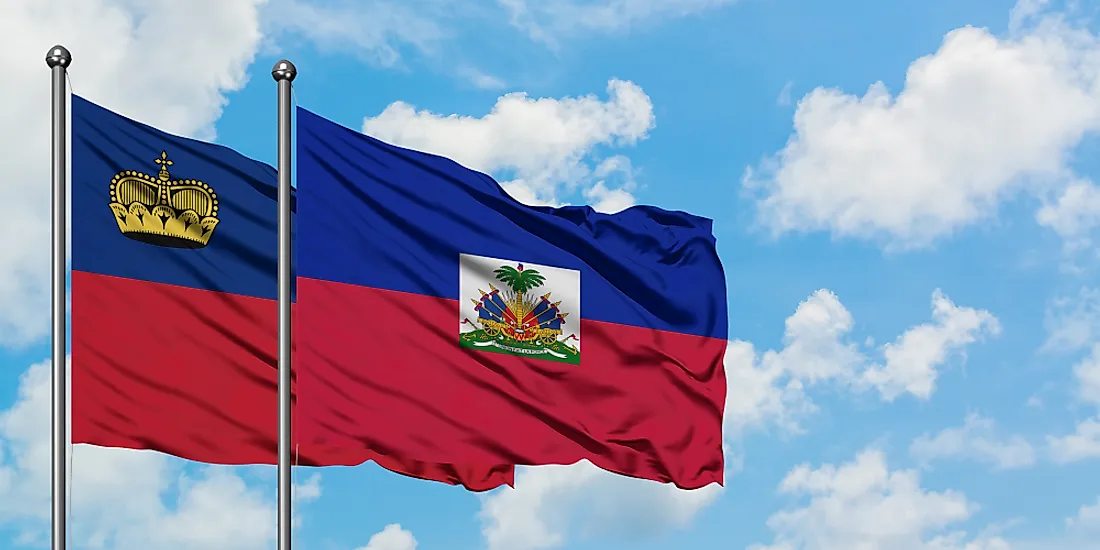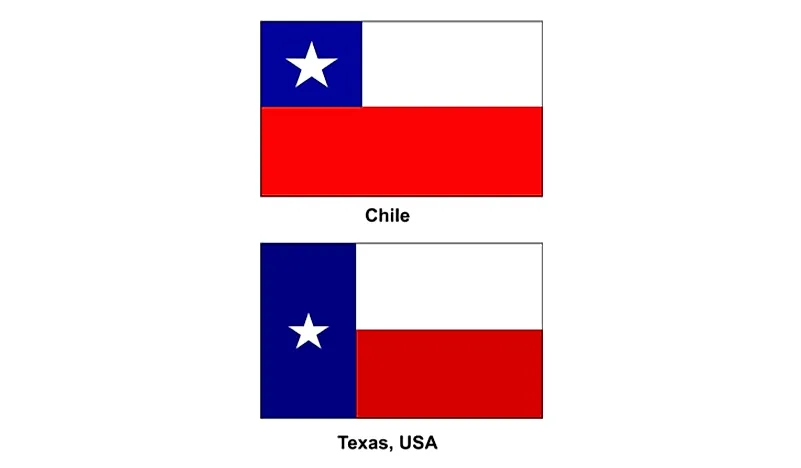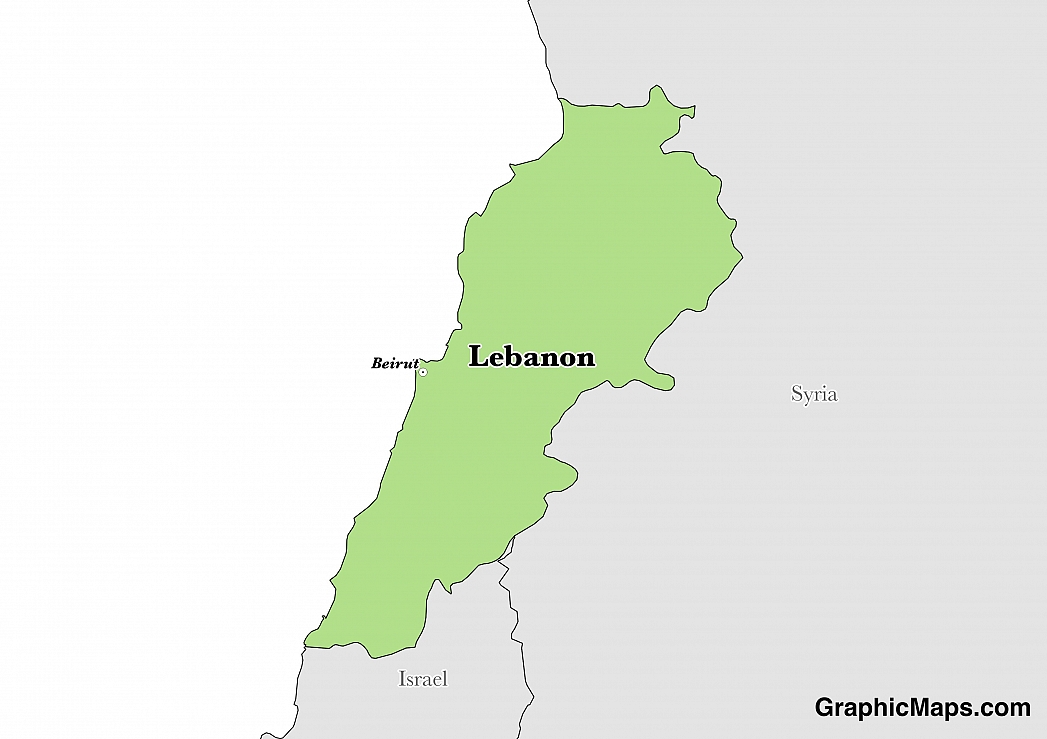When Lebanon gained independence in 1943, Beirut was the largest city in the country. It therefore became the headquarters. Beirut is located on peninsula which extends towards the Mediterranean Sea. The city is 58 miles from the border of Lebanon and Israel. The city has a strategic location between two hills.
Beirut has been inhabited by humans for thousands of years. The modern day population of Beirut is estimated at 2.2 million, including its metropolitan areas. However, this number is an estimate, as an official census has not been taken in Lebanon since the year 1932.
Beirut is a city filled with tourist attractions. The city is home to ancient structures, fascinating physical features, and has a strategic geographic location. As one of the oldest cities on the globe, Lebanon’s capital is recognized as a historical site and is a popular destination for scholars.
Beirut's climate is classified as a hot summer Mediterranean climate. The Mediterranean climate is characterized by mild days and nights. During the autumn season the weather is warm while the winter is mild and rainy. The summer is virtually rainless. The hottest times of the year are in August when days reach 30 degrees Celsius. January as the coldest moth has an average of 11 degrees centigrade. It rains most frequently in spring and autumn.
This page was last modified on May 1st, 2018
More on Graphicmaps

Published on 2019-11-06
What is a Trade Embargo?

Published on 2019-11-04
Which Two Countries Used to Have the Same Flag?

Published on 2019-09-16
What Is the Only Two-Sided State Flag?

Published on 2019-09-16
Which Country Flag Looks Like the Texas Flag?

Published on 2019-08-29
Flags That Resemble the US Flag

Published on 2019-08-20
